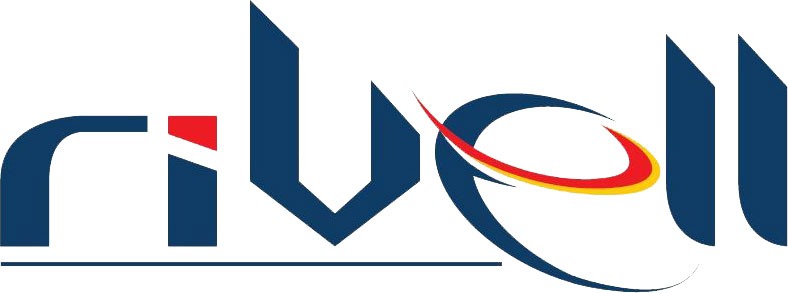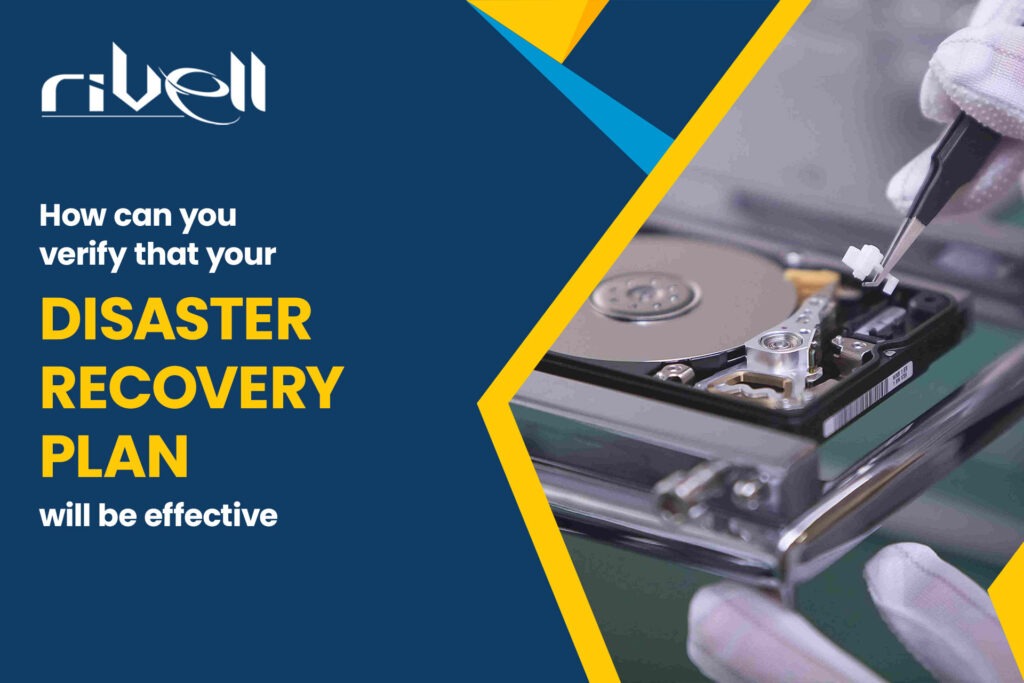Introduction
In the ever-evolving landscape of modern business, the importance of a robust disaster recovery plan cannot be overstated. As organizations increasingly rely on digital infrastructure, the need to safeguard critical data and ensure business continuity in the face of unforeseen events becomes paramount. This comprehensive guide aims to navigate the intricacies of verifying the effectiveness of your disaster recovery plan, providing insights and strategies to fortify your organization against potential disruptions.
Understanding the Anatomy of a Disaster Recovery Plan
Before delving into the verification process, it is essential to understand what constitutes an effective disaster recovery plan. This foundational document outlines the procedures and protocols to be followed in the event of a disaster, whether it be a cyberattack, natural calamity, or any other disruptive incident. From data backup and recovery processes to communication strategies and infrastructure resilience, a well-crafted disaster recovery plan forms the backbone of organizational preparedness.
Key Elements to Verify in Your Disaster Recovery Plan
1. Conduct a Comprehensive Risk Assessment
Verify that your disaster recovery plan is built on a comprehensive risk assessment. Identify potential security threats and vulnerabilities specific to your organization, considering factors such as location, industry, and the nature of your operations.
Steps:
- Analyze historical data breaches, incidents, and industry-specific risks.
- Engage with cybersecurity experts to assess digital vulnerabilities.
- Consider physical risks based on geographic location.
2. Define Clear Recovery Objectives
Ensure that your plan clearly outlines recovery objectives. Define the maximum acceptable downtime for critical systems and establish recovery time objectives (RTO) and recovery point objectives (RPO) for different processes.
Steps:
- Collaborate with key stakeholders to determine acceptable downtime.
- Establish RTO and RPO for critical systems and processes.
3. Regular Testing and Drills
Regular testing and drills are the litmus test for your disaster recovery plan. Verify that these exercises are conducted at planned intervals and involve all relevant stakeholders. Assess the effectiveness of these simulations in mimicking real-world scenarios and identify areas for improvement.
Steps:
- Plan and conduct regular tabletop exercises.
- Simulate various disaster scenarios, including cyberattacks and natural disasters.
- Involve all relevant stakeholders in testing procedures.
4. Verify Data Backup and Recovery Procedures
Verify the integrity of your data backup and recovery procedures. Ensure that critical data is regularly backed up, and the recovery process is tested to guarantee swift restoration in case of data loss or corruption.
Steps:
- Regularly backup critical data and verify the restoration process.
- Test data recovery from different points in time.
- Evaluate the efficiency of backup systems.
5. Assess Communication Protocols
Effective communication is a linchpin during a disaster. Verify that your plan includes clear communication protocols, ensuring that all stakeholders are informed promptly. Evaluate the efficiency of communication channels and update contact lists regularly.
Steps:
- Review and update contact lists regularly.
- Conduct communication drills to assess responsiveness.
- Verify the redundancy of communication channels.
6. Verify Resource Availability and Allocation
Check that your disaster recovery plan includes a detailed inventory of necessary resources and their allocation in an emergency. This encompasses not only digital resources but also physical assets, ensuring that the organization can function seamlessly during and after a disaster.
Steps:
- Maintain an updated inventory of required resources.
- Verify the accessibility of both digital and physical assets.
- Conduct drills to assess resource allocation effectiveness.
7. Regular Updates and Maintenance
- Disaster recovery plans should not be static documents. Verify that your plan is regularly updated to account for changes in technology, personnel, or organizational structure. Regular maintenance ensures that your plan remains relevant and effective.
Steps:
- Establish a schedule for regular plan reviews and updates.
- Incorporate changes in technology, personnel, and organizational structure.
- Ensure that all stakeholders have access to the latest version.
Types of Disaster Recovery Testing
1. Tabletop Exercises
Gather your team and simulate a disaster scenario. Walk through the DRP step-by-step, identifying potential bottlenecks and areas for improvement. This low-pressure environment allows for open discussion and brainstorming, fostering team cohesion and refining communication protocols.
2. Disaster Simulations
Take things a step further by conducting a full-fledged simulation. This could involve setting up a dedicated test environment and triggering a mock disaster, such as a simulated cyberattack or power outage. By putting your DRP into action, you can assess its effectiveness in real-time and identify any technical glitches or procedural gaps.
3. Recovery Time Objective (RTO) and Recovery Point Objective (RPO) Testing
These metrics measure how quickly you can restore operations and how much data you can lose in the process. Conduct tests to measure your actual RTO and RPO against your target goals. If the gap is significant, it is time to revisit your backup and recovery procedures.
4. Post-Mortem Analysis
After each test, conduct a thorough post-mortem analysis. This involves reviewing the results, identifying what worked well and what did not, and documenting areas for improvement. This critical feedback loop ensures continuous refinement of your DRP, making it more resilient with each iteration.
Engaging Stakeholders in the Verification Process
1. Executive Leadership
Engage executive leadership in the verification process to ensure that the disaster recovery plan aligns with the overall business strategy and priorities. Their support is vital for resource allocation and plan implementation.
2. IT and Operations Teams
Collaborate closely with IT support teams during the verification process. They possess valuable insights into the technical aspects of the plan, such as system configurations, data flows, and potential points of failure.
3. Communication and PR Teams
Involving communication and public relations teams is crucial to verifying the effectiveness of communication protocols. Clear and timely communication is integral to managing the fallout from a disaster and maintaining stakeholder trust.
4. External Auditors and Consultants
Seek the expertise of external auditors or consultants specializing in disaster recovery. Their impartial perspective can uncover blind spots and provide recommendations for enhancing the plan’s effectiveness.
Continuous Improvement: A Pillar of Effective Disaster Recovery
Verification is not a one-time task; it is an ongoing process that aligns with the principles of continuous improvement. Regularly reassess your disaster recovery plan, considering feedback from testing, evolving threat landscapes, and organizational changes. Embrace a culture of adaptability, ensuring that your disaster recovery plan remains a dynamic and resilient framework for safeguarding your organization.
Frequently Asked Questions
1. What are the key components of a disaster recovery plan?
Explore the foundational elements that make a disaster recovery plan effective, including risk assessment, recovery objectives, testing procedures, and communication protocols.
2. How often should a disaster recovery plan be tested?
Delve into the frequency of testing and drills required to ensure the readiness of your disaster recovery plan. Understand the balance between regular testing and business operations.
3. What role does risk assessment play in disaster recovery planning?
Uncover the significance of conducting a thorough risk assessment in tailoring your disaster recovery plan to the specific threats and vulnerabilities faced by your organization.
4. How can communication protocols be improved in a disaster recovery plan?
Gain insights into enhancing communication strategies during a disaster. Explore effective channels, protocols, and the integration of communication drills for seamless execution.
5. Why is continuous improvement crucial for disaster recovery plans?
Understand the importance of fostering a culture of continuous improvement in disaster recovery planning. Explore how ongoing refinement ensures adaptability to evolving threats.
6. What are the benefits of engaging external auditors or consultants in the verification process?
Learn about the advantages of seeking external perspectives to assess the effectiveness of your disaster recovery plan. Explore how impartial evaluations can uncover blind spots.
7. How does Rivell contribute to effective disaster recovery planning?
Discover the role of Rivell in fortifying disaster recovery plans. Explore their expertise, commitment to continuous improvement, and tailored solutions for a proactive approach to cybersecurity.
8. What are the common challenges in maintaining an updated disaster recovery plan?
Identify the obstacles organizations face in keeping their disaster recovery plans current. Explore strategies to overcome these challenges and ensure plan relevancy.
9. What are the key considerations for resource allocation in a disaster recovery plan?
Explore the factors that organizations should consider when identifying and allocating resources in their disaster recovery plans. Understand the balance between digital and physical asset allocation.
10. How does Rivell align with the principles of continuous improvement in disaster recovery planning?
Learn about Rivell’s commitment to continuous improvement and how their approach ensures that your disaster recovery plan remains dynamic, resilient, and adaptive to emerging threats.
Conclusion
Verifying the effectiveness of your disaster recovery plan is not just a box to tick; it is a strategic imperative for organizational resilience. By understanding the key elements to verify, engaging stakeholders, and embracing a continuous improvement mindset, you can ensure that your organization is well-prepared to weather the storm of unforeseen disruptions. A robust disaster recovery plan is not just a document; it is your organization’s lifeline in times of crisis.
By engaging with Rivell, you align your organization with a partner committed to the same level of dedication in ensuring your preparedness for unforeseen disruptions. Take the proactive step towards organizational resilience. Call Rivell today at (856) 603 0000 or submit a contact form to fortify your disaster recovery plan and ensure a secure and uninterrupted business journey. Together, let us safeguard your future with Rivell’s expertise and commitment to excellence.









